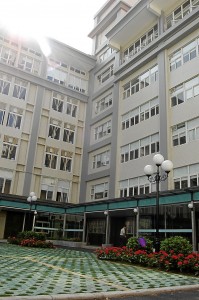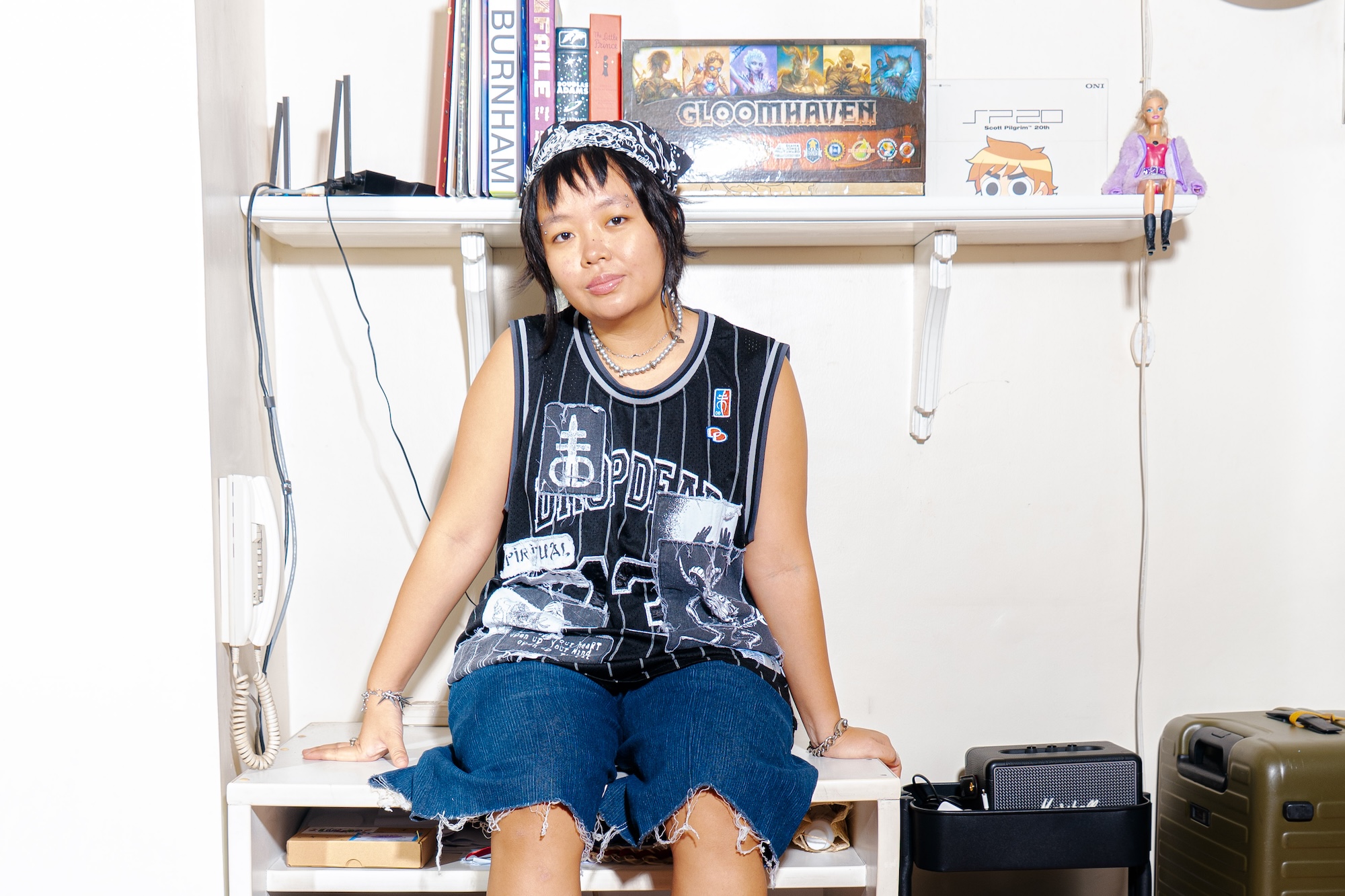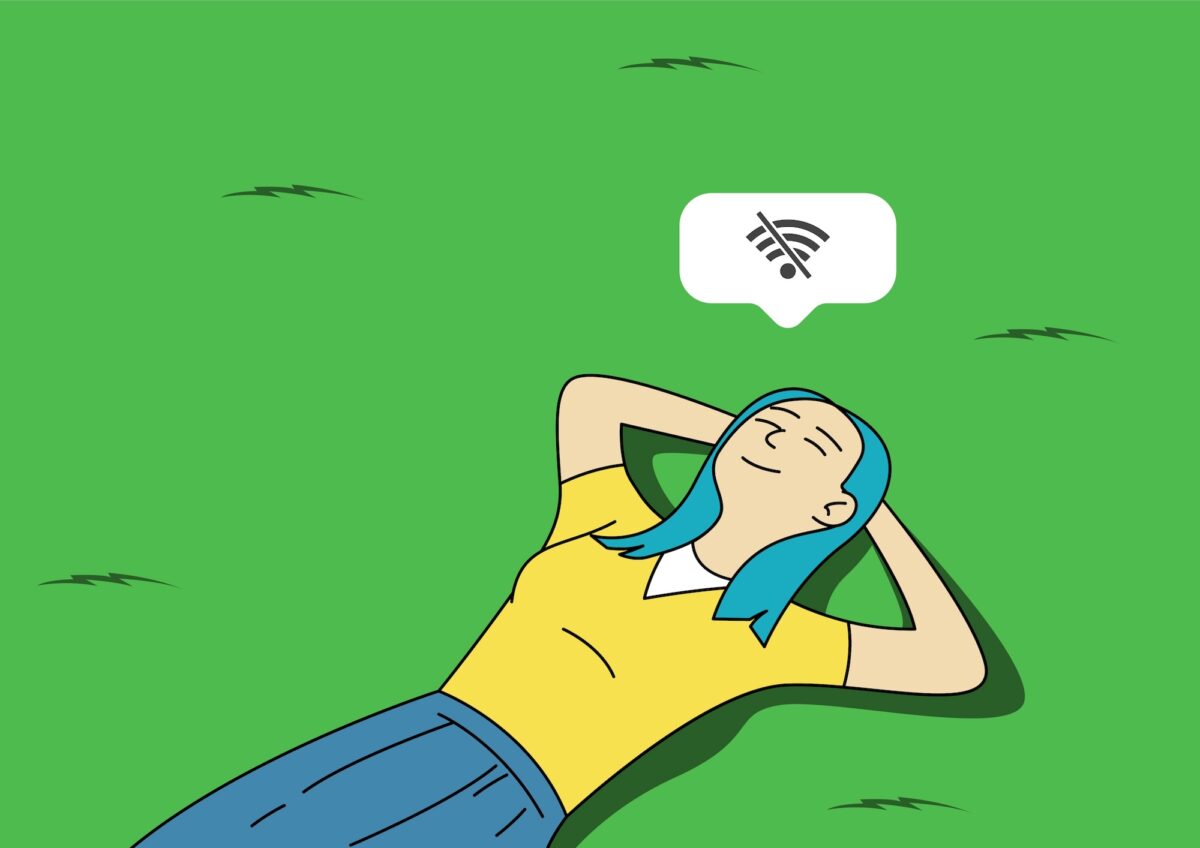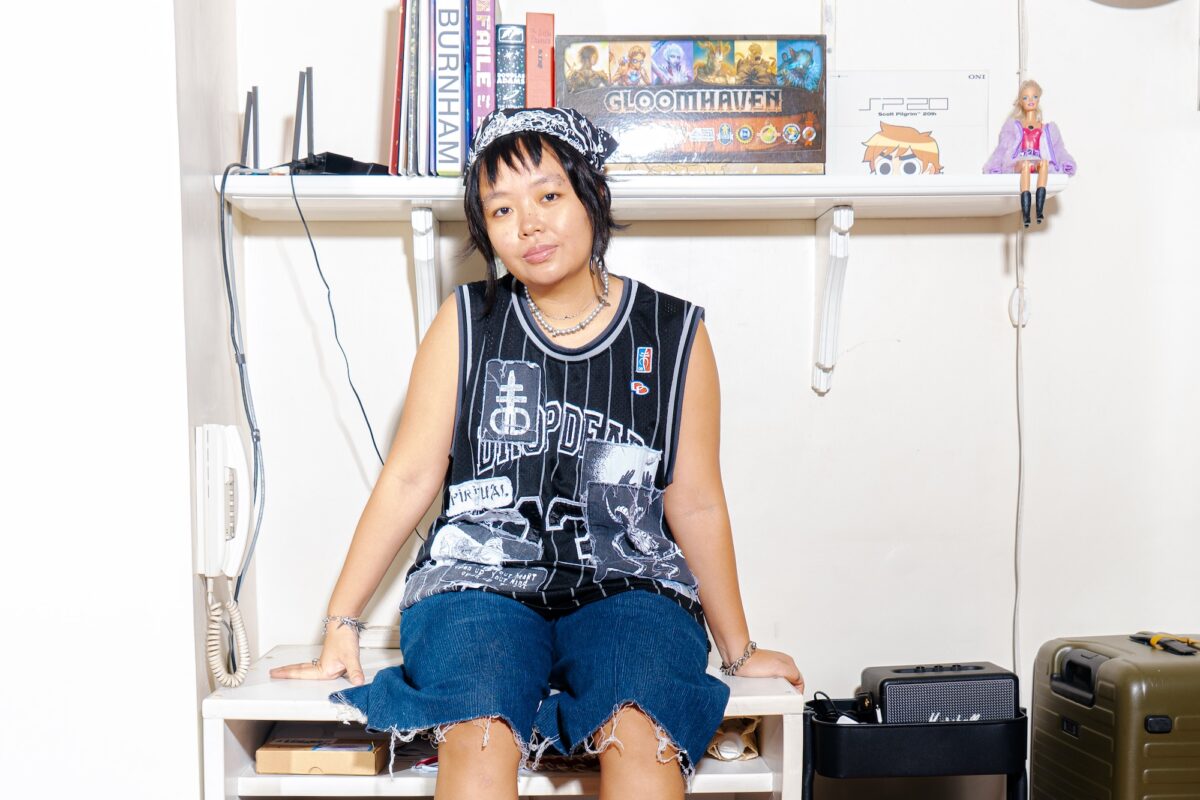
Intuitively, you felt something unusual, a change in your bodily functions, maybe some pain or bleeding, and you went to your family doctor. You were referred to an oncologist, a biopsy was done, and if the report was positive for cancer cells, you were given the ghastly news.
You or someone you know may have received a cancer diagnosis at some time in your life. It comes with little or no warning.
Depending on your overall health, medical history, location and the type of cancer you had, the primary methods of treatment were surgery, chemotheraphy and radiation. Even if the result was to remove the tumor, eradicate the cancer and monitor for any recurrence, you stayed hopeful, waiting for new breakthroughs, cures and methods. You moved on with your life on a wing and a prayer despite the dark arc you live under, making each day count.
The long-standing approach to cancer treatment has been to deal with a tumor as a foreign invader, removing as much as possible surgically, radiating it to reduce the size, and managing it with chemotherapy.

Although some cancers may respond to the protocol, others will not, and sometimes, conventional approaches can do more harm than good by undermining the very resources the body needs to attack the cancer.
Cancer arises from one single cell. The transformation from a normal cell into a tumor cell is a multistage process, typically a progression from a pre-cancerous lesion to a malignant tumor.
These changes are the result of the interaction between a person’s genetic factors and three categories of external agents: physical carcinogens, such as ultraviolet and ionizing radiation; chemical carcinogens, such as asbestos, components of tobacco smoke, food and water contaminants; and biological carcinogens, such as infections from certain viruses, bacteria or parasites.
Although there are dozens of cancers, all of them share two characteristics: uncontrolled cell growth and an ability to spread to other areas of the body (metastasis), which becomes the cause of death.
Who gets it
Cancer does not discriminate, nor does it care who you are.

The World Health Organization (WHO) global status reports on cancer maintain cancer as a leading cause of death worldwide, accounting for 7.6 million deaths (13 percent of all deaths) in 2008. Lung, stomach, liver, colon and breast cancer cause the most deaths each year.
Deaths from cancer worldwide are projected to continue rising, with an estimated 13.1 million deaths in 2030. Cancer causing viral infections such as HBV/HCV and HPV are responsible for up to 20 percent of cancer deaths in low- and middle-income countries—where about 70 percent of all cancer deaths occurred in 2008.
Cancer is the third leading cause of death in the Philippines after heart disease and strokes. Lung cancer accounted for almost 9,200 of the nearly 52,000 deaths from the disease in 2010, followed by cancers of the liver, with 7,000 and breast, with 4,400.
At Fuda Cancer Hospital in Guangzhou, China, treatments are based on understanding cancer as a chronic illness, and the approach is two-pronged: prevention (defense) and treatment (reform).
The current understanding of cancer treatments has led to the change from “total elimination of the cancer cells at all costs” to effective disease control, from “total confrontation till the end” to “peaceful co-existence with cancer.”

This view of cryosurgical expert professor Kecheng Xu,MD in his book “Nothing But the Truth” is shared by Andreas Moritz, author of many books on ayurveda and naturopathic and intuitive medicine.
Survival mechanism
Moritz writes, “Cancer is not a disease; it is the final and most desperate survival mechanism the body has at its disposal. It only takes control of the body when all other measures of self-preservation have failed. To truly heal cancer and what it represents in a person’s life, we must come to the understanding that the reason the body allows some of its cells to grow in abnormal ways is in its best interest, and not an indication that it is about to destroy itself.
“Cancer is a healing attempt by the body for the body. Blocking this healing attempt can destroy the body. Supporting the body in its healing efforts can save it.”
Radical? Provocative? Controversial? Nothing in life and little in medicine is entirely free of risk.
If this will open a door for others, then let them go in.
Unlike conventional therapies that can damage both cancerous and healthy tissues, targeted treatments focus solely on cancer-related molecules.
The Fuda Cancer Hospital has brought in and adapted new techniques, combining them with traditional Chinese and Western medicines and drug delivery methods. At Fuda, the use of minimally invasive ablation and biological methods is prioritized. It has been singled out by the International Society of Cryosurgery as a cryotheraphy center in the Asia Pacific region.
Also called cryoablation and cryosurgical ablation, cryosurgery involves the surgical use of an extremely cold substance to freeze malignant tumor cells, thereby destroying them. The surgical technique has anti-cancer applications internally—argon gas or liquid nitrogen freezes a probe, which in turn can freeze the cells of a tumor without doing much damage to the surrounding tissue—and externally, for skin lesions and other tumors.
Cryosurgery is a less expensive and less invasive alternative to traditional surgery, and its recovery time tends to be shorter.

Multiple applications
Cryosurgery has multiple applications in cancer treatment. According to the National Cancer Institute1, cryosurgery can be used for cancers of the prostate, liver, kidney and breast, as well as various skin conditions (both precancerous growths and early-stage cancers).
Cryosurgery has also shown efficacy against very specific cancers, including the childhood cancer retinoblastoma and the AIDS-related Kaposi sarcoma
Fuda Cancer Hospital also features tailor-made individualized cancer treatments. It is famous for its CCC Treatment Model: the first C stands for cryosurgical ablation (CSA); the second C stands for cancer microvascular intervention (CMI); and the third C is for combined immunotherapy for cancer (CIC).
Based on a patient’s condition, one or more of the three Cs is used to treat the patients. The combination of several therapies in targeting cancerous tumors and cells in a more efficient way, with less toxicity for regular cells, is the forte of the hospital.
The Fuda Cancer Hospital is headed by Xu, chief executive and president, and a team of experienced oncological specialists.
New methods and treatments have to be scientifically innovative. A renowned oncologist, professor Tang Zhaoyou, proposed the China Anti-Cancer Approach. He said, “Western medicine focuses on the diseases, while Chinese medicine takes a holistic approach. Both have their own inadequacies; when the two are combined, it constitutes the Chinese anti-cancer features.”

Knowing there are many methods and options is a bright spark in the fight against cancer. No longer is the patient only on the receiving end, but is also a participant in the pursuit of a cure.
For example, in biological therapy, a patient’s own natural immunities are used to confront cancer cells. Medical specialists and researchers have found ways to multiply and strengthen immune cells, called lymphocytes, as one defense against certain cancers.
Another form of biological therapy involves ongoing advanced research into the creation of cancer vaccines from the patient’s own blood. The goal is to individualize cancer therapy so that it is suited to the person.
Today’s oncology researchers and cancer advocates all over the world, like the specialists, doctors, and medical professors of Fuda Cancer Hospital, are on the verge of life-saving discoveries.
Lives could be saved here
AT FUDA Cancer Hospital, “humanized” facilities and services are important factors in improving patients’ conditions. The hospital has treated more international cancer patients than any hospital in China. More and more Filipino patients have been admitted to Fuda Hospital.
A website designed by Fil-Am couple Mike and Chona Dionisio (Philippine Volunteers for Fuda, wwwpvf.org.ph, tel. 0918-9996453) addresses inquiries specific to Filipino patients, with testimonials from other Filipinos, as well as useful information on getting there.
(You may also call Edward Puno, Fuda Hospital volunteer, in Manila at 0917- 836-3680 or e-mail ebpuno@gmail.com.)
It has an international team of medical professionals that includes American and European doctors, and native or fluent English, Vietnamese and Indonesian-speaking support staff.
Large, VIP hospital suites have four-star hotel amenities and balconies. Private rooms come with an extra bed; the hospital has entertainment centers, international satellite television, laundry services, high-speed Internet, and a kitchen that prepares the dietary needs for patients with specific food requirements.
Fuda Cancer Hospital is not just a cancer wing in a hospital; it also has a dedicated cancer patient services department whose sole job is to translate, handle visas, book and rebook flight tickets, arrange airport pickups, book hotel accommodations and arrange finances.
Head nurse Wenmin Hou, nicknamed “nurse Becky” by Filipinos in the hospital, and Dr. Xiangjun Bi, director of Ward 3, fifth floor of Fuda North Hospital (the fifth floor and ward are dedicated to Filipino patients), serve as advocates for the individual patient’s needs.
E-mail consultation@fudahospital.com or visit www.fudahospital.com.











































